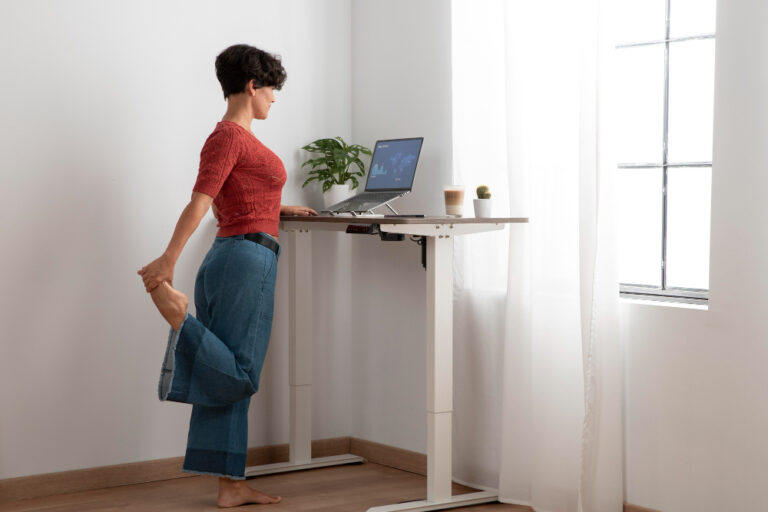
Prefabricated Houses A Modern Solution for Today’s Living
In an era where efficiency, sustainability, and innovation converge, prefabricated houses are emerging as a popular choice for homeowners looking for a modern and cost-effective living solution. Also known as prefab or modular homes, these structures are built off-site in sections or modules and then transported to the final location for assembly. The rise of prefabricated houses marks a shift in the way we think about construction and homeownership.
One of the key advantages of prefabricated houses is speed. Traditional construction methods can take months, if not years, to complete a single home. In contrast, prefab homes can be assembled on-site in a matter of weeks. The off-site construction process allows for better project management, minimizing delays caused by weather conditions and other external factors. This speed not only benefits homeowners who want to move in quickly but also reduces the environmental impact associated with prolonged construction activities.
Cost-effectiveness is another driving force behind the popularity of prefabricated houses. The controlled environment of a factory allows for precise construction and the ability to purchase materials in bulk, resulting in cost savings. Additionally, the reduced construction time translates into lower labor costs. Homebuyers can enjoy high-quality, customizable homes at a fraction of the cost of traditional construction.
Prefabricated houses are also gaining recognition for their eco-friendly attributes. The construction process generates less waste, and many manufacturers incorporate sustainable materials and energy-efficient features into their designs. Some prefab homes are equipped with advanced insulation, solar panels, and other green technologies, reducing their environmental footprint over the long term.
Customization is a key feature that sets prefabricated houses apart. Homebuyers can choose from a variety of designs and floor plans, and some manufacturers offer fully customizable options. This flexibility allows individuals to create a home that suits their lifestyle and preferences, from the layout and size to the finishing touches.
As technology continues to advance, the quality and variety of prefabricated houses are expected to improve further. The integration of smart home technologies and sustainable practices will likely become more commonplace in the prefab housing industry, ensuring that these modern dwellings remain at the forefront of the housing market.
In conclusion, prefabricated houses represent a compelling alternative to traditional construction methods. With their speed, cost-effectiveness, sustainability, and customization options, prefab homes are not just a trend but a practical and forward-thinking solution for those seeking a modern and efficient living space.



